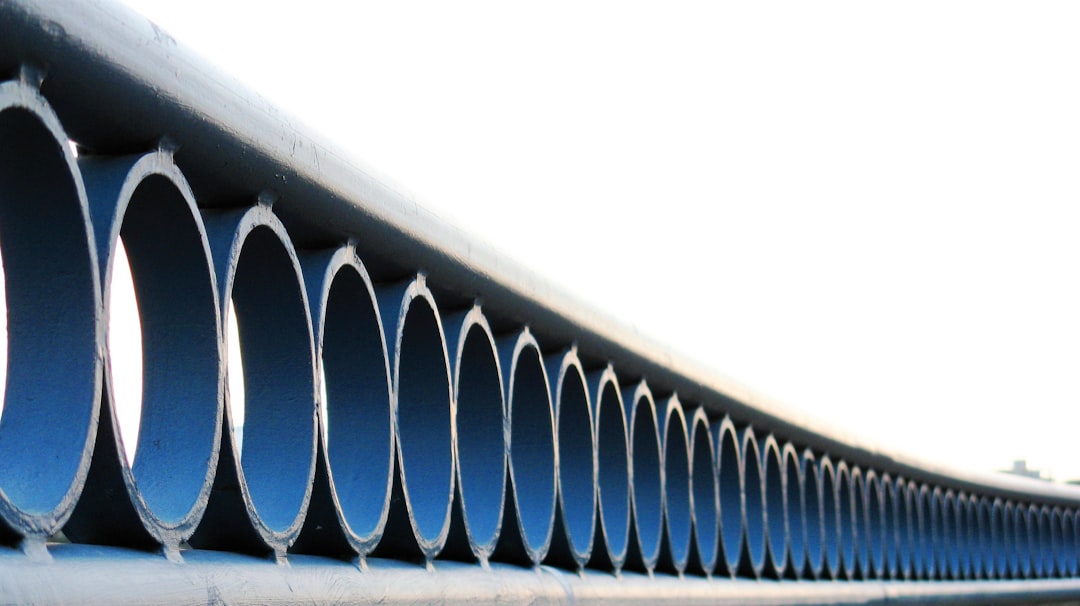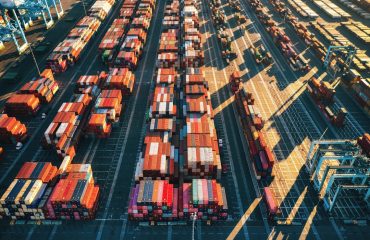Liquefied Natural Gas (LNG) pipelines represent a crucial element of global energy infrastructure, facilitating the long-distance transportation of this vital energy resource. However, the extreme cryogenic temperatures involved (-162°C or -260°F) demand stringent specifications for pipeline design, construction, and operation. This detailed guide explores the key aspects of LNG pipeline specifications, providing insights into the engineering complexities and safety considerations inherent in this specialized field.
1. Material Selection: Withstanding Cryogenic Conditions
The choice of materials for LNG pipelines is paramount. Standard steel pipelines are unsuitable due to the risk of brittle fracture at cryogenic temperatures. Therefore, specialized materials with exceptional low-temperature toughness and ductility are essential. Common choices include:
- 9% Nickel Steel: This alloy exhibits excellent strength and toughness at cryogenic temperatures, making it a popular choice for many LNG pipeline projects. Its weldability and ease of fabrication contribute to its widespread adoption.
- Austenitic Stainless Steels: These steels, such as 304L and 316L, offer superior corrosion resistance and maintain adequate ductility at cryogenic temperatures. They are often used in sections where enhanced corrosion protection is crucial.
- Aluminum Alloys: Certain aluminum alloys demonstrate excellent cryogenic properties and are increasingly considered for specific applications. Their lighter weight can offer advantages in certain geographical locations or pipeline configurations.
Material selection also considers factors beyond cryogenic resistance, including weldability, fabricability, cost, and long-term performance under operational stress. Rigorous testing and quality control are integral throughout the material selection and procurement process.
2. Pressure Ratings and Design Codes: Ensuring Pipeline Integrity
LNG pipelines operate under high pressure to maintain the liquefied state of the natural gas. The design pressure rating is determined based on several factors, including pipeline diameter, wall thickness, material properties, and operational temperature. International standards and design codes, such as ASME B31.8 (for gas transmission and distribution piping systems), provide the framework for calculating these pressure ratings. These codes incorporate safety factors to account for potential variations in operating conditions and material properties.
Furthermore, detailed stress analysis using sophisticated computational fluid dynamics (CFD) models is often employed to ensure the pipeline’s structural integrity under various loading conditions, including internal pressure, thermal expansion, and external forces (e.g., seismic activity, soil pressure).
3. Pipeline Construction and Installation: Precision and Safety
The construction and installation of LNG pipelines necessitate meticulous planning and execution. Welding procedures are particularly crucial due to the critical nature of maintaining pipeline integrity at cryogenic temperatures. Specialized welding techniques, including automated welding systems and rigorous quality control measures (e.g., radiographic testing, ultrasonic testing), are employed to ensure the highest level of weld quality. The pipeline’s alignment and bedding are equally critical to avoid stress concentrations and potential failure points.
Strict adherence to safety protocols is paramount throughout the construction phase. This includes comprehensive risk assessments, worker training, and the implementation of appropriate safety measures to mitigate potential hazards associated with working with high-pressure pipelines and cryogenic fluids.
4. Safety Features and Leak Detection Systems: Mitigating Risks
The inherent risks associated with transporting LNG necessitate robust safety systems. These include:
- Leak Detection Systems: Sophisticated sensor networks monitor pressure, temperature, and flow rates along the pipeline. Any anomalies triggering pre-defined thresholds immediately alert operators, allowing for prompt intervention and minimizing potential environmental damage.
- Emergency Shutdown Systems (ESD): ESD systems automatically shut down sections of the pipeline in case of a leak or other emergency situation, preventing further gas release and minimizing the impact of any incident.
- Pressure Relief Valves: These valves are strategically positioned along the pipeline to release excess pressure in case of surges or blockages, preventing over-pressurization and potential pipeline rupture.
- Regular Inspections and Maintenance: Periodic inspections, including internal and external assessments, are essential to identify and address potential issues before they escalate into major incidents. This includes non-destructive testing methods to assess pipeline integrity.
5. Regulatory Compliance and Environmental Considerations: Sustainable Practices
LNG pipeline projects are subject to stringent regulatory oversight to ensure compliance with environmental protection standards and safety regulations. This involves obtaining necessary permits and approvals from relevant authorities, conducting environmental impact assessments, and implementing mitigation measures to minimize the project’s ecological footprint. Regulations cover aspects such as pipeline routing to avoid environmentally sensitive areas, erosion and sediment control, and the management of potential spills or leaks.
Sustainable practices are increasingly emphasized in LNG pipeline projects. This includes adopting environmentally friendly construction techniques, minimizing energy consumption during operations, and exploring innovative technologies for leak detection and prevention. The long-term sustainability and environmental responsibility of these projects are crucial for ensuring their acceptance and viability.
In conclusion, the specifications for LNG pipelines are complex and demand a high level of engineering expertise, rigorous quality control, and unwavering commitment to safety. The careful consideration of material selection, pressure ratings, construction techniques, safety features, and regulatory compliance is essential for the safe and reliable transport of LNG, a vital component of the global energy landscape.
Tags: LNG pipeline, pipeline specifications, LNG transportation, cryogenic pipeline, pipeline safety




